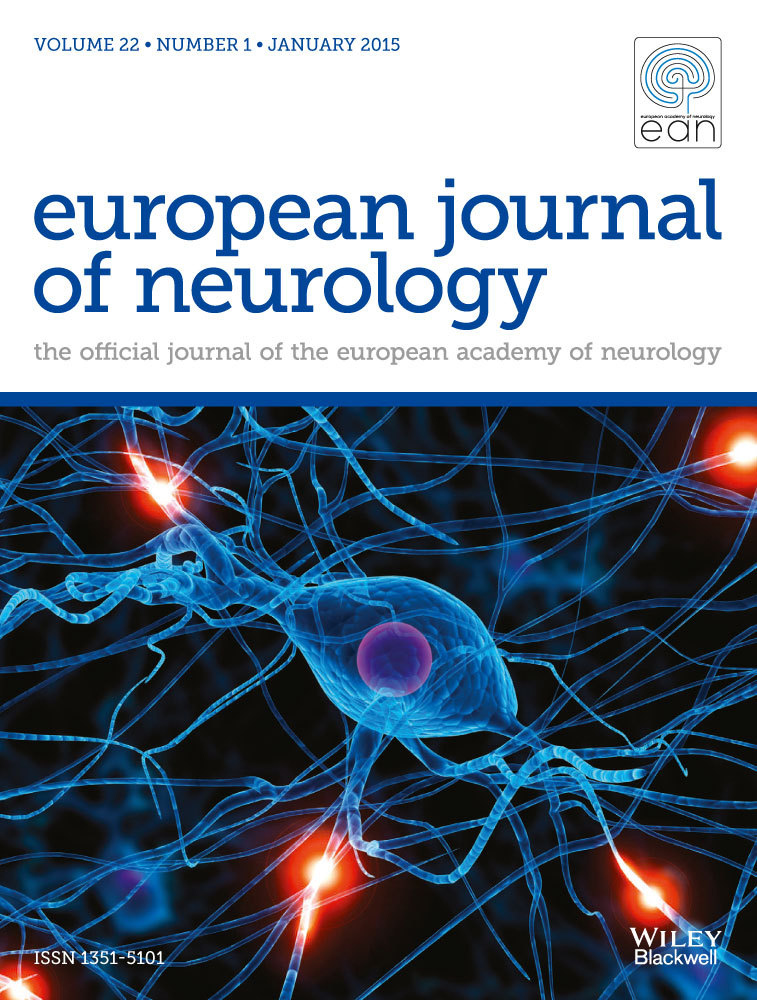Early predictors of refractory status epilepticus: an international two-center study
Abstract
Background and purpose
Status epilepticus (SE) refractory to first- and second-line antiepileptic drugs carries high mortality. Little is known on early prediction of refractory SE (RSE) – an essential tool for planning appropriate therapy. Our aim was to identify and validate independent early RSE predictors in adults.
Methods
Clinical and laboratory data on consecutive intensive care unit patients with SE from two academic care centers (a derivation data set from a Swiss center and a validation data set from a US center) were assessed. Multivariable analysis was performed with the derivation set to identify RSE predictors at SE onset. Their external validity was evaluated with an independent validation set. Measures of calibration and discrimination were assessed.
Results
In all, 302 patients were analyzed (138 with and 164 without RSE), 171 in the derivation data set and 131 in the validation data set. Acute SE etiology, coma/stupor and serum albumin <35 g/l at SE onset were independent predictors for RSE in the derivation data set [odds ratio (OR) 2.02, 95% confidence interval (CI) 1.01–4.07; OR 4.83, 95% CI 2.42–9.68; OR 2.45, 95% CI 1.16–5.16]. The prediction model showed good measures of calibration (Hosmer–Lemesow goodness-of-fit test P = 0.99) and discrimination (area under the receiver operating characteristic curve 0.8) on the derivation data set - results that were similar in the validation data set (Hosmer–Lemeshow P = 0.24; area under the receiver operating characteristic curve 0.73).
Conclusions
This study confirms the independent prognostic value of readily available parameters for early RSE prediction. Prospective studies are needed to identify additional robust predictors, which could be added to the proposed model for further optimization towards a reliable prediction scoring system.




